The new spirits trends set to ‘tipple’ the status quo
let’s begin
World-renowned International Wine and Spirit Competition reveals its spirits winners of 2017
- No-age whiskies challenge Scotch traditions
- Asia’s spirits explode on to world stage
- Mezcal takes its rightful place next to Tequila
- Gin sees an entry increase of nearly 600% in just two years
The IWSC’s Annual Spirits Tasting has lifted the lid on the key trends shaping what we’ll be drinking in the year ahead. The annual event, held last night at London’s Vintners’ Hall, saw more than 200 of the competition’s top-awarded spirits showcased to guests and judges, amid a record number of entries, in the history of the competition, from all over the globe.
The final results have revealed exciting shifts in the spirits occupying our bars and drinks cabinets. Not only has this year’s competition confirmed a number of key consumer trends, it has also heralded the arrival of a multitude of lesser-known, but bold newcomers to the spirits premier league.
Now in its 48th year, the IWSC continues to be as relevant today as when Anton Massel founded the organisation in 1969, playing an integral role inidentifying upcoming spirits trends, and spotting key newcomers even before they hit the public eye. Having distilled the statistics from this year’s competition, the IWSC has identified four of the most ‘in-vogue’ categories that consumers can raise a glass to.
Age is Nothing but a Number
The world of whisky has expanded and diversified far beyond the traditional Scotches and blends associated with the category. This year’s IWSC results have debunked the long-standing myth of ‘the older the better’, with a range of no-age statement whiskies taking the sector by storm. Turning the focus to the art of the blend, rather than the prestige tied up in age, the trophy this year was awarded to Richard Paterson’s The Dalmore Valour Single Highland Malt – a rich, chocolatey elixir with warm orange and cinnamon aromas.
The Proof is in the Provenance
From India’s ‘Feni’, to China’s ‘Baiju’ (pronounced Bye-joe), Asia’s spirits market is thriving as never before, and the continent has plenty to offer our western palates. Testament to consumers’ enthusiasm to explore new offerings – both in flavour and in provenance – recent years have seen Baiju, made from the fermented grain sorghum, arrive in style on the world stage. With an increasing number of Baijus being entered each year, IWSC officials have even introduced the Baiju trophy, this year won by the Yushan Taiwan Kaoliang Liquor – thought by the judges to have soft lavender and pine needles on the nose, followed by a delicate palate that has a touch of baked bamboo and Chinese pickle.
Slow and Artisan wins the race
Possibly the greatest success story to have come out of this year’s awards is the rise of Tequila’s partner-in-crime, Mezcal. With certain craft Mezcal producers using agave plants matured for up to 35 years, some of the resulting liquids are now ready to compete with the best tequilas. For the first time ever, this year even saw the ‘Tequila Trophy’ being renamed the ‘Mezcal Trophy’ – reflecting changing appreciation of the drink. The top prize was awarded to the Corte Vetusto Mezcal Espadin, hand-crafted by fourth-generation master mezcalero, Juan Carlos Gonzalez Diaz. Seeking to capture the essence of artisanal Mezcal, the leading producers within this category are set to challenge consumers’ perceptions of agave spirits, positioning them as a genuine sipping alternative to single malt whisky. David Shepherd, co-founder and director at Black Sheep Spirits, says “Mezcal is niche. It’s about 2% of tequila sales – but it’s coming out of the darkness. It’s made that transition from bartender’s secret to being requested by consumers”.
The Gin Bubble
This year, the IWSC received nearly 400 gin entries from 35 different countries – an enormous 571% increase since 2013. With consumer loyalty yet to wane, gin has continued to dominate the aperitif scene – as producers experiment with new craft creations and evermore obscure botanical concoctions. Professor Ampleforth’s Bathtub Navy Strength Gin (winner of the Contemporary Gin Trophy, 2017) packs a botanical punch thanks to the “bashing up” of the ingredients, including orange peel and cinnamon, to release even more flavour. Eco-friendly Brighton Gin, who bike bottles straight to customers’ doors in the city, also walked away with an award, with its quirky packaging catching the eyes of the judges.



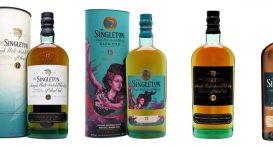

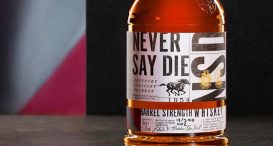
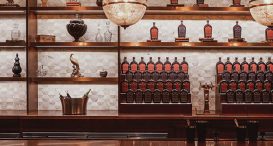
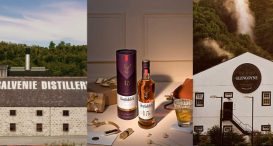

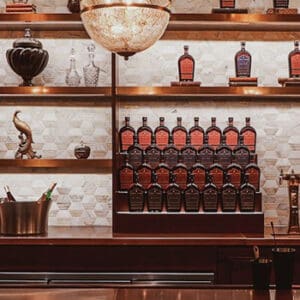
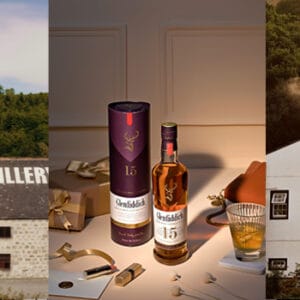
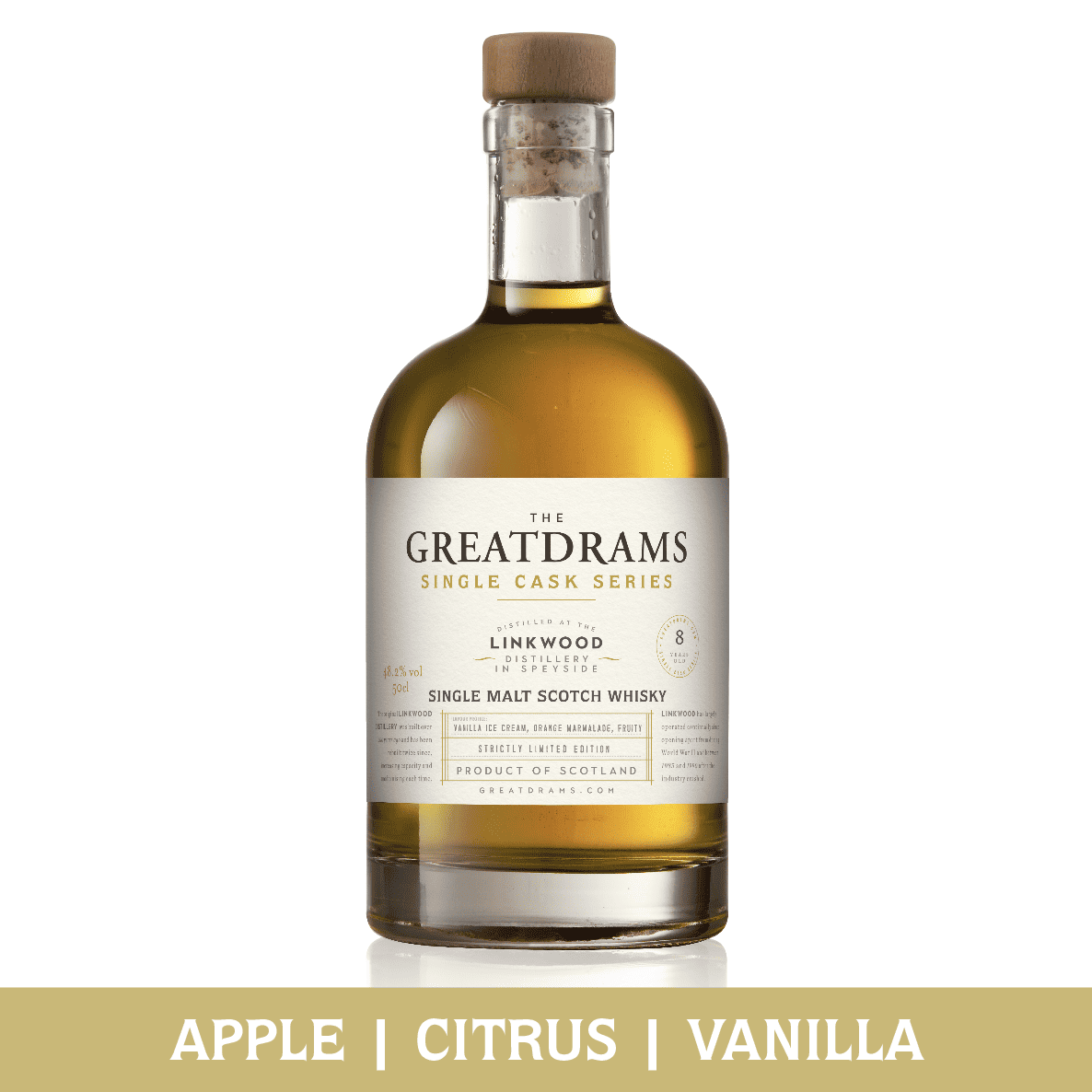
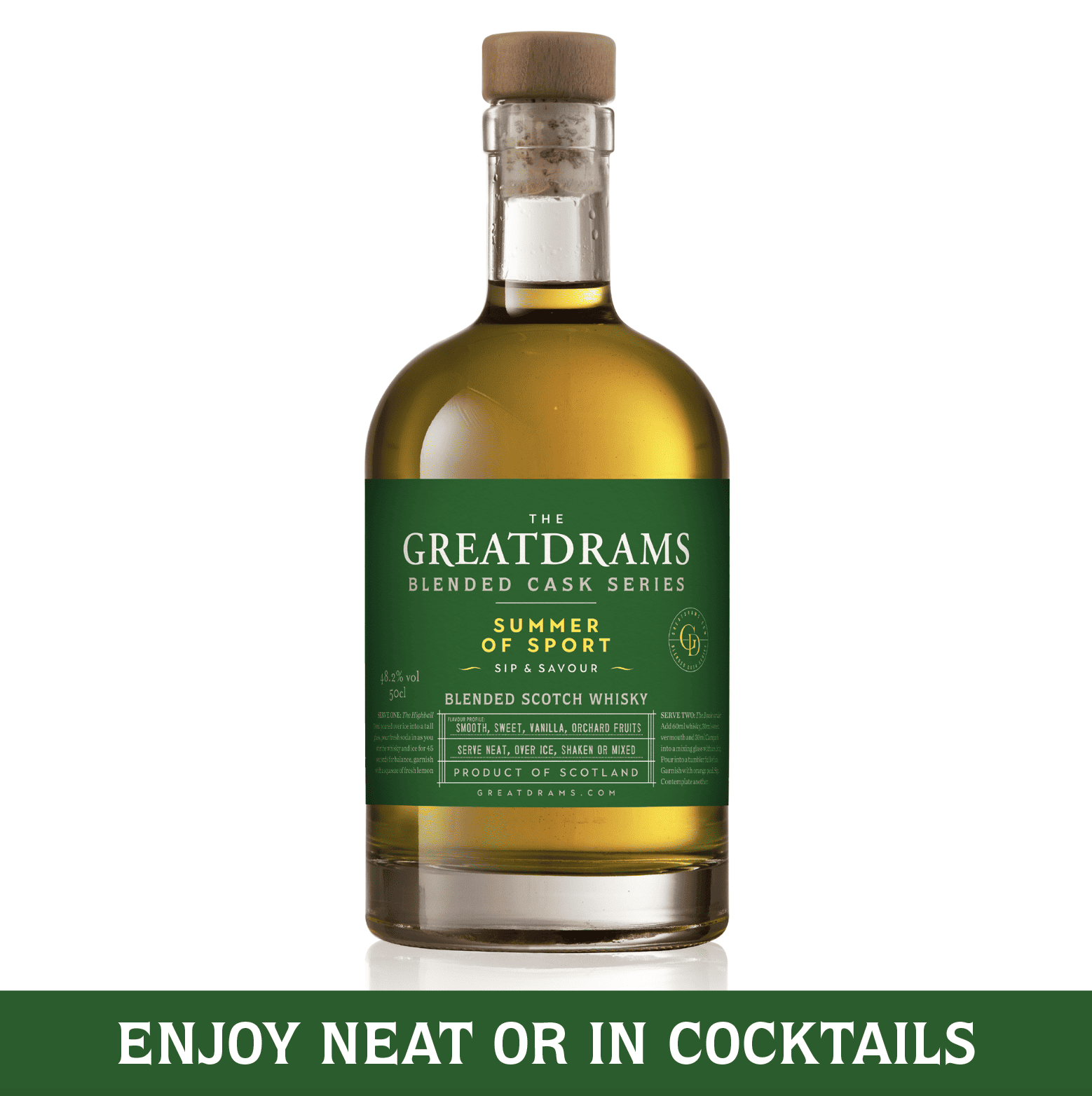
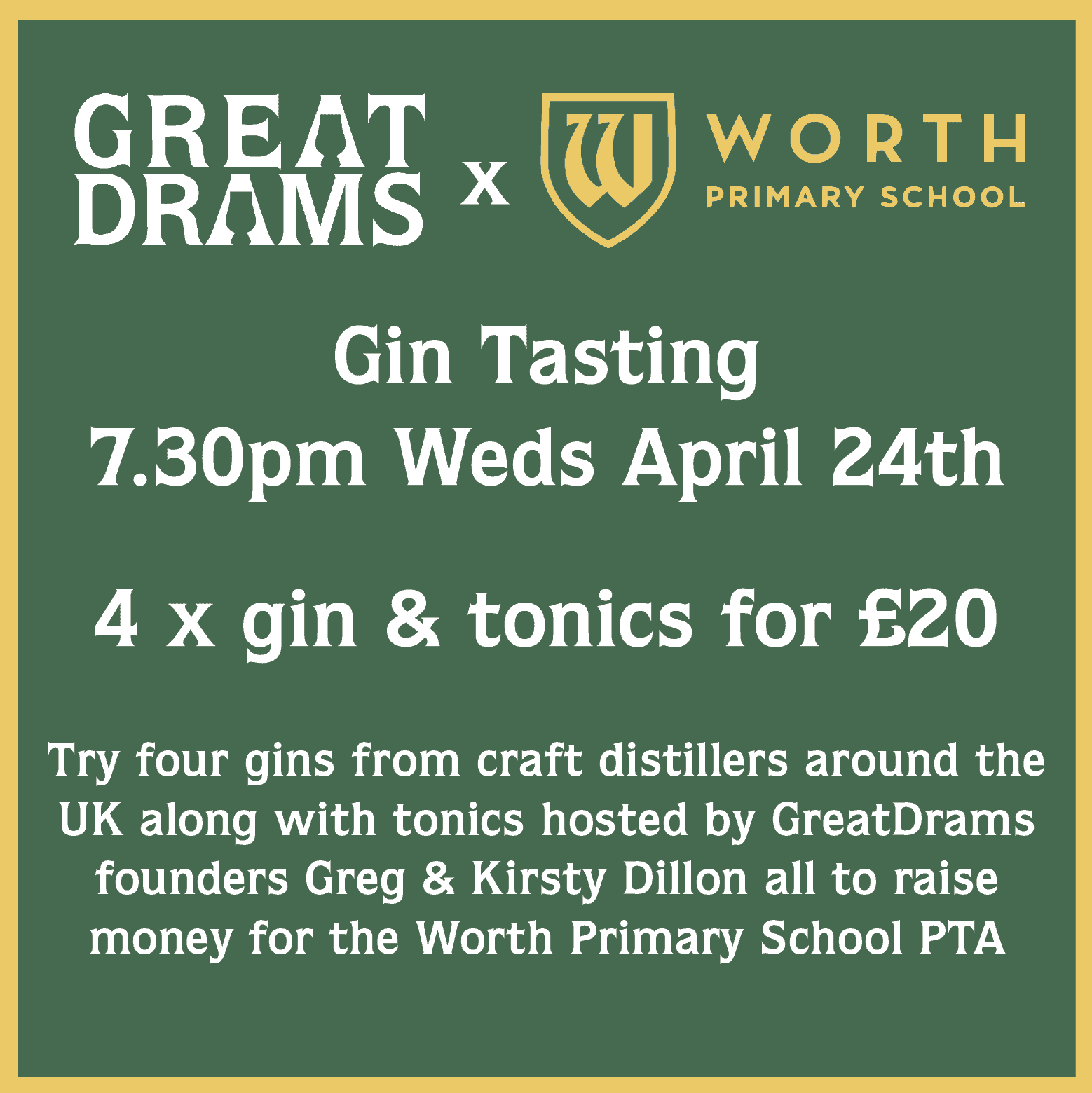

3 thoughts on “The new spirits trends set to ‘tipple’ the status quo”
“This year’s IWSC results have debunked the long-standing myth of ‘the older the better’, with a range of no-age statement whiskies taking the sector by storm. Turning the focus to the art of the blend, rather than the prestige tied up in age….”
Sigh. This is a strawman fallacy. No one criticizes NAS because they think older is better. We criticize NAS because it is a move away from transparency rather than a move toward greater transparency. “The art of the blend” and age statements aren’t mutually exclusive. They never have been. Age matters. This is a fact about the physical reality of whisky. It doesn’t matter what someone prefers: new make spirit, 9 year old spirit, 18 year old spirit and 36 year old spirit are DIFFERENT. Removing information about age doesn’t change this reality. If distilleries/multinational ownership groups wanted to increase consumer confidence, they could petition to have the SWR changed so they can tell us MORE about what’s in our whisky, rather than less. But I won’t hold my breath.
So Valour wasn’t aged at all? I know it’s been hit with a lot of caramel, but how can it be new make if it’s spent any time in three types of casks (and why DID it spend any time there)? How do you necessarily debunk “the long-standing myth of the older the better” by simply removing age information from something altogether, and can I help with the “debunking” by removing the labels from the products I have at home? Can I become “ageless”, or immortal, by burning my birth certificate?
Does removing the information change the products themselves, or suddenly imply that they aren’t the products they are, in large part, because of their age? If each had been aged for twice (or half) as long in cask, would they all taste the same as they do now? Why not, if age is “only a number”? NAS doesn’t “show” that age is “meaningless” to whisky, only that a lot of people simply don’t want to discuss it for their own purposes.
It’s physics “redrawn” simply to suit sales and it’s complete nonsense.
I intend to live forever; so far so good.